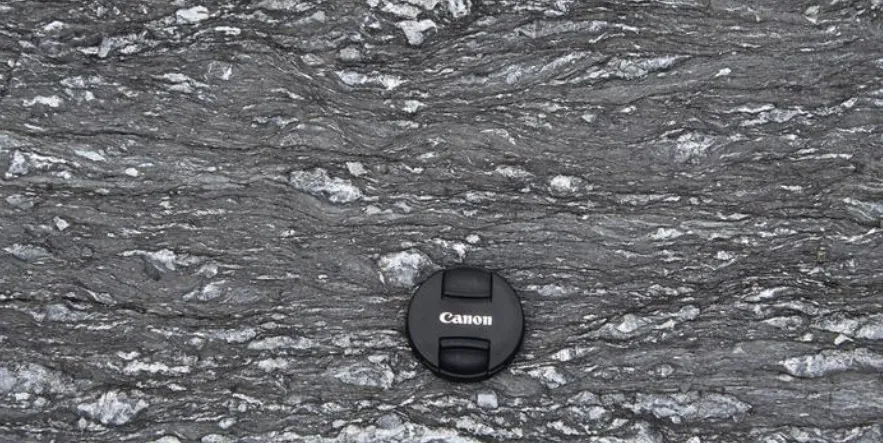Study unlocks clues to tectonic plate behavior between major quakes

Researchers from Penn State and Brown University have uncovered how rocks from ancient subduction zones can forecast tectonic behaviors between significant earthquakes, enhancing our ability to predict such natural disasters.
The study of ancient subduction zones—areas where tectonic plates collide—has yielded new insights that could significantly improve predictions of how these zones behave between major earthquakes. Scientists from Penn State and Brown University have analyzed rock formations from Alaska and Japan, leading to the development of a novel model aimed at predicting pressure solution activity in these critical areas.
Sedimentary rocks, composed of grains surrounded by water-filled pores, play a pivotal role in the study. Under extreme pressure, these grains dissolve at their boundaries, allowing the rocks to deform and thereby influencing the sliding motion of tectonic plates. This process, likened to ice melting under a skate, facilitates smoother movement along fault lines, potentially accumulating elastic strain in various parts of the seismogenic zone.
The occurrence of pressure solution is a key factor during the interseismic period, the years between significant earthquakes. Understanding this process can provide critical insights into the elastic strain accumulation across different segments of a fault zone, offering a more nuanced understanding of earthquake precursors.
Due to the slow nature of pressure solution, which unfolds over thousands to millions of years, the team opted to study rocks exhumed to the surface by geological processes instead of replicating the conditions in a laboratory. These rocks exhibited microscopic shears indicative of pressure solution, offering a window into the ancient tectonic forces at play.
Utilizing these findings, the researchers crafted a detailed model that incorporates variables like grain size and solubility, a function of temperature and pressure, to predict the strain rate. This model was then applied to the Cascadia Subduction Zone, aligning its predictions with satellite observations of crustal movements in the area.
The research sheds light on a fundamental process during the interseismic period and provides a practical tool for assessing seismic hazards in subduction zones. By applying the model to regions like the Cascadia Subduction Zone, scientists can better predict the timing and intensity of future seismic events, potentially safeguarding populations in earthquake-prone areas.
References:
1 A pressure solution flow law for the seismogenic zone: Application to Cascadia – Donald M. Fisher and Greg Hirth – Science Advances – January 24, 2024 – DOI: 10.1126/sciadv.adi7279 – OPEN ACCESS
2 Ancient rocks improve understanding of tectonic activity between earthquakes – Penn State – February 7, 2024
Featured image credit: Donald Fisher

It would seem to be a good idea to study the Sierra Nevada Mountains in California also. They move much more than the Cascades do. Many gold lode mines that could be used to measure better with visual on the rocks. The Empire mine in California has many sister mines that tie into the Empire. Grass Valley California has at least 54 lode mines under the city. Some of the lode mines can still be accessed and are not totally full of water. Just food for thought.